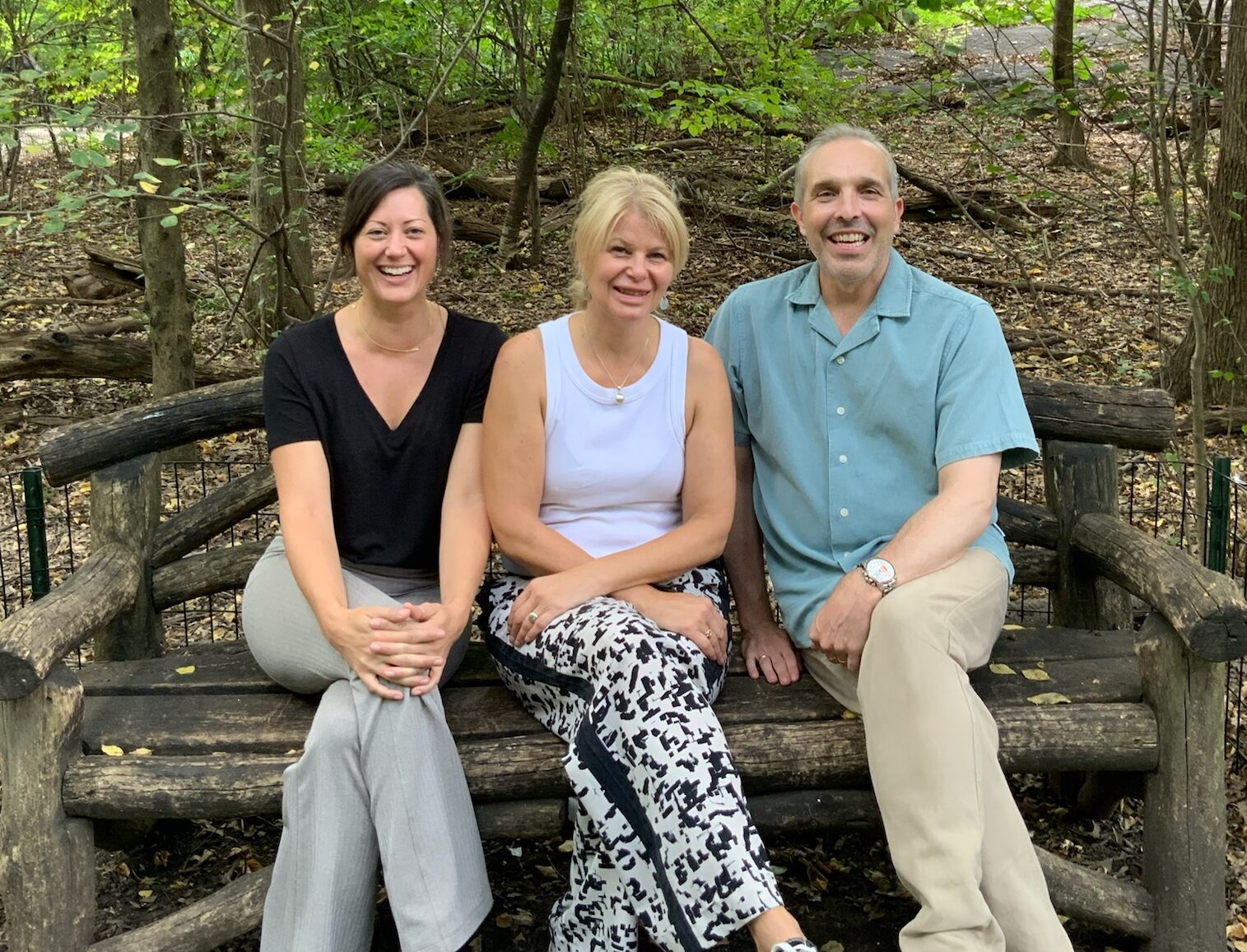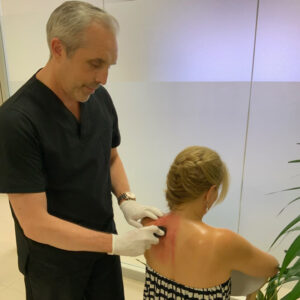Manual Lymphatic Drainage x Gua Sha: A Discussion of the differences and similarities?
Visit CJB Spa & Wellness Academy for FREE ONLINE Discussion (click to enroll)
If you’ve heard of Gua sha, most likely you’ve heard of Lymphatic Drainage as they’re often paired together and/or one confused as the other. As popularity gains for both, it’s become abundantly clear that a conversation is needed to recognize the similarities and differences, dispel the myths, and understand that the techniques are separate but equally effective modalities that work synergistically together.
Therefore, Cecily Braden (Gua Sha Facial Fusion) brought together two of our CJB Educational Partners, Ashley Jo Press (Dr. Vodder MLD) and Clive Witham (EIM Gua Sha), for an insightful conversation to understand the critical role they independently and interdependently play in restoring the inner mobility within the underlying sanctum of the skin that is often ignored and misunderstood.
Let’s talk about…
- Circulation and Blood Flow
- Fluids and Lymphatic Flow
- Importance of Inner Mobility
- Focus and Function
- Immunological Benefits
- Defining Watersheds
- History and Definitions
Manual Lymphatic Drainage isa non-invasive light touch, manipulation of the skin while Gua sha is intended to engage the tissue and increase circulation to bring blood flow to the surface of the skin.
Both Gua sha and Manual Lymphatic Drainage work to achieve the samegoal, which is to create expansion and space within the tissues to promote the flow of fluid and blood.
CJB Spa & Wellness Academy FREE ONLINE course: Gua Sha isn’t Lymphatic Drainage: A Discussion of the Differences & Similarities
“Holistic Esthetics is an integrative science-based approach to skincare that focuses on complementary modalities which support the skins natural function and ability to heal, eliminate wastes, maintain balance and protect.
Integrating modalities is an effective way to provide immediate and long-term benefits, but it’s important to honor the foundation of each as a separate methodologies with a unique history, and specific theory and techniques that must be learned independently.”—Cecily Braden





